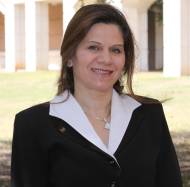Elahe Mahdavian
Louisiana State University Shreveport, Department of Computer Science
Project Title
Combination Cancer Therapeutics Based on Fusarochromanone
Mentor
Christopher Kevil, Ph.D., Louisiana State University Health Shreveport, Department of Molecular and Cellular Physiology
Funding Periods
Translational Project (May 1, 2018- April 30, 2019)
Full Project (May 1, 2010 - April 30, 2015)
Pilot Project (May 1, 2009 – April 30, 2010)

Abstract
The primary goal of this research is to develop novel anti-cancer agents based on fusarochromanone (FC101a), a natural mycotoxin with potent anti-angiogenic and direct anti-tumor activity. Like most other bioactive natural compounds, the potency of FC101a is compromised in-vivo, suggesting rapid metabolism and/or poor bioavailability and distribution. Dr. Mahdavian has expertise in the synthesis of flavonoids and the derivatization of chroman compounds, and she is working together with Drs. Clifford and Kevil to evaluate the mechanism of this compound’s biological activity. Subsequent investigations will include synergistic effects of FC101a and alpha-TAM, a mitochondrial-targeted anti-cancer compound (mitocan) in a liposomal formulation. Like FC101a, alpha-TAM demonstrates both anti-angiogenic and direct anti-tumor activity, but through a different biological mechanism.
The total synthesis of FC101a and several novel analogs is already underway at LSUS. Photoaffinity labeling of the FC101a binding proteins in human cells will be used to identify the parent compound’s biological target(s). We will use the results of the biological assays to refine the lead compounds in the computer lab and then synthesize additional new analogs. The Tripos SYBYL molecular modeling package will be used to build a quantitative structure activity relationship (QSAR) based on the parent compound and its analogs, which will allow us to identify other potential lead compounds with even greater activity and bioavailability. SYBYL’s pharmacophore searching tools also open up access to a searchable database of thousands of compounds in the NCI’s small molecule database, whereby searches can be executed based on the spatial arrangement of important functional groups and other structural parameters. This will provide an effective means of finding new lead compounds and searching for common themes among those targeting a particular class of receptors.
